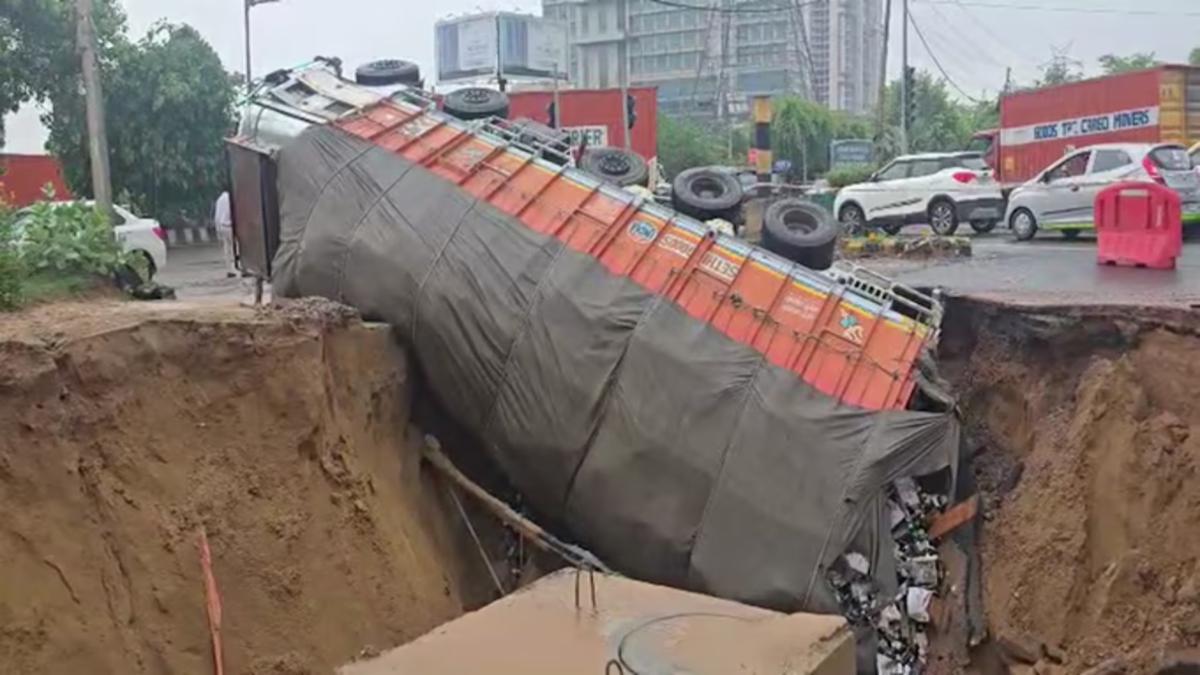Article Body
The shimmering promise of Gurgaon—once a symbol of modern India’s urban boom—was washed away within 30 minutes of monsoon rain this week. Roads turned into rivers, vehicles floated like toys, and luxury flats worth ₹10 crore stood helpless amid waterlogged streets.
What unfolded on social media and ground reports wasn’t an anomaly. It was a reckoning.
Drainage or Disaster?
One viral post captured the irony: “Pay taxes like Denmark, rent like Hong Kong, live like Venice during monsoon—welcome to Gurgaon.”
At Shubhash Chowk, a tech worker reported being stuck for 2 hours just 5 minutes from the office: “I left at 10 PM and gave up by midnight. Had to walk back. Safer than staying in the car.”
The city's much-touted urban planning came under sharp scrutiny. Residents blamed the collapse on rampant builder-NRI collusion, unchecked expansion, and zero accountability. The real estate bubble seems fuelled more by hype than by habitable infrastructure.
Public Fury, Official Silence
A News Nation ground report showed submerged BMWs, flooded basements, and shopkeepers bailing water with buckets. “Imagine spending crores on a car in Gurgaon, only to see it sink every July,” one resident said.
What’s missing? Accountability. The same electorate that once ousted UPA over corruption now wonders whether infrastructure failures under Modi’s BJP will meet similar resistance—or media scrutiny.
Conclusion
If Gurgaon represents India’s urban future, the question is not whether it's livable, but whether it’s even survivable in the rain.

Comments